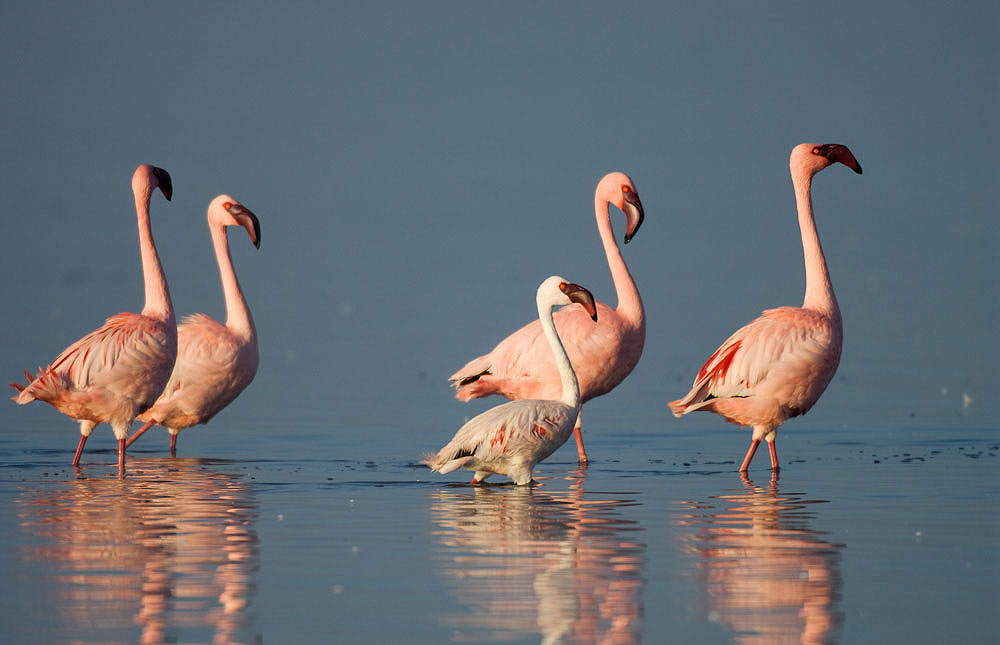Northern Tanzania Safaris
To paraphrase that well-known quote about Africa, those of you who've never been to northern Tanzania are to be envied, because you still have so much to look forward to. Northern Tanzania is a land of superlatives, from Africa's highest mountain to one of the greatest wildlife spectacles on the planet. But Kilimanjaro and the Serengeti are mere starting points to so many journeys of a lifetime. Mt Meru is Kilimanjaro's rival in both beauty and the challenge of climbing it, while the Crater Highlands could be Africa's most haunting landscape. When it comes to wildlife, there's Tarangire's baobab-and-elephant kingdom, Lake Manyara's tree-climbing lions and the flamingos of Lake Natron. And venturing down into Ngorongoro's crater can feel like returning to earth's first morning.
Highlight of Northern Tanzania Destinations Parks
Arusha National Park
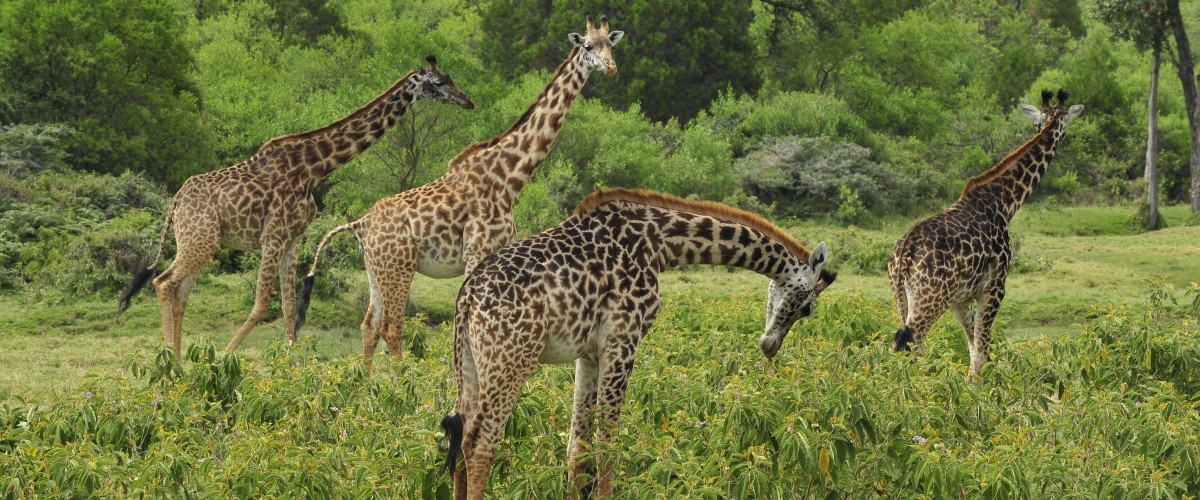
This park has three distinct zones: Ngurdoto Crater (often called the 'mini-Ngorongoro'); the shallow alkaline Momella Lakes fed by underground streams (upon which rest thousands of lesser and greater flamingoes, and many migrant birds can be seen between May and October); and the densely forested slopes of Mount Meru (one of the rewarding mountains to climb in Africa and where, among other animal species, live blue monkeys and beautiful black and white colobus monkeys). Other attractions in the park include the elephant, giraffe, buffalo, zebra, hippo, various antelopes, leopard and hyena. The park is 21 km from Arusha on the main Arusha to Moshi road. A network of gravel roads and tracks navigable by two wheel-drive vehicle link the park's main features and viewing points. Nevertheless, a few roads require 4WD vehicles.
Lake Manyara National Park
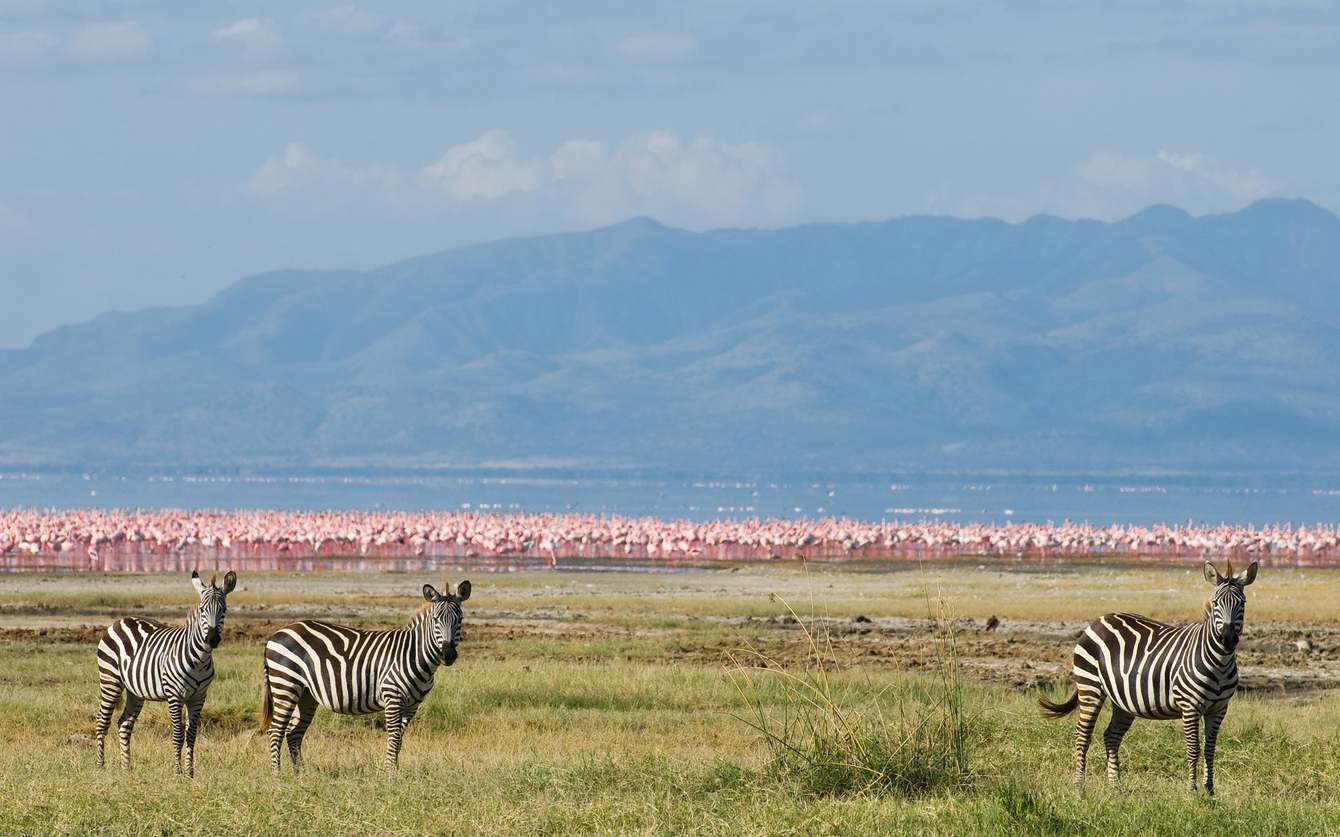
This relatively small park is divided into five distinct vegetation zones: ground-water forest, marshland and reed beds, open grasslands and acacia woodland. In a single day, a visitor may see elephant, buffalo, zebra, hippo and the curious lions which have a habit of resting in trees. Sheltering under the massive escarpment of the Great Rift Valley, and covering an area of 325 sq. km, this park is a flash of green amid an otherwise parched landscape. A line of springs support the lush vegetation of a groundwater forest, where blue monkeys, baboons and the curious-looking silvery-cheeked hornbill live, among the more than 350 bird species, the most profuse being the flamingo.
Ngorongoro Crater / Ngorongoro Conservation Area

This vast protected area stretches from Lake Natron in the northeast, to Lake Eyasi in the south, and Lake Manyara to the east. Eight million years ago, the Ngorongoro Crater was an active volcano but its cone collapsed, forming the crater that is 610 meters deep, 20 kilometers in diameter, and covers an area of 311 sq. km. Spectacular as it is, the crater accounts for just a tenth of the Ngorongoro Conservation Area. The crater is home to many species of wild game and birds. With the exception of impala and topi and the giraffe, almost every species of African plains mammal lives in the crater, including the endangered black rhino, and the densest population of predators in Africa. A strange thing is that the crater elephants are mainly bulls. The birdlife, which includes the flamingo, is mainly seasonal, and is also affected by the ratio of soda to fresh water in Lake Magadi on the crater floor. Views from the rim of the crater are sensational. On the crater floor, grassland blends into swamps, lakes, rivers, woodland and mountains. You can descend to the floor of the crater in a four-wheel drive vehicle. Only 4WD vehicles are allowed into the crater and game rangers are compulsory for all.
Serengeti National Park
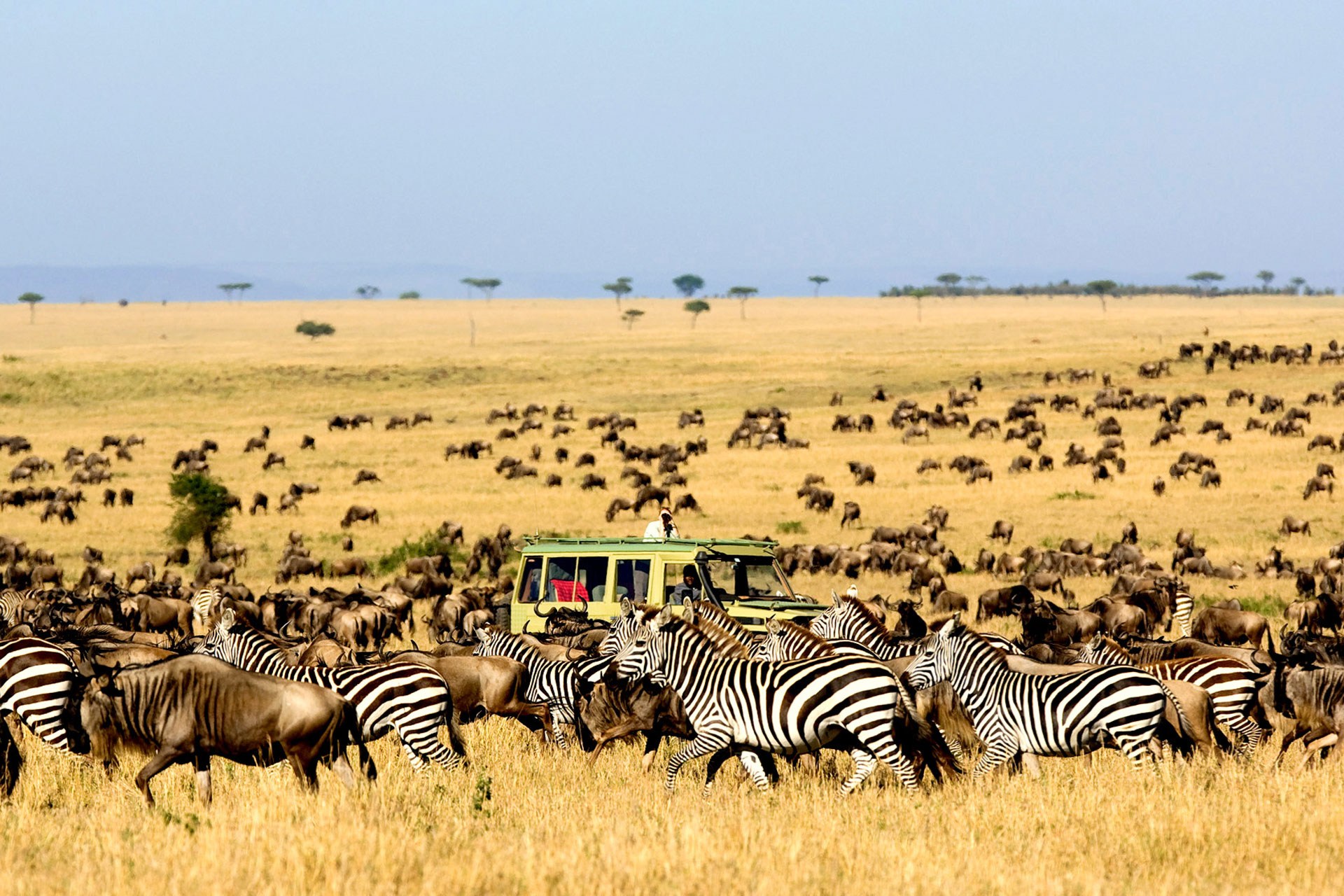
Covering an area of 14,763 square kilometers, equal in size to Northern Ireland, the world famous Serengeti National Park is Tanzania's oldest park, and one of the world's last great wildlife refuges. It is contiguous with Kenya's Masai Mara Game Reserve and stretches as far as Lake Victoria to the West. Its name comes from the Masai word Siringet, meaning 'endless plains'. The Serengeti ecosystem supports the greatest remaining concentration of plains game in Africa, including more than three million large mammals. It is the sanctuary of an estimated four million different animals and birds. The animals roam the park freely and in the spectacular migrations, huge herds of wild animals move to other areas of the park in search of greener grazing grounds (requiring over 4,000 tons of grass each day) and water.
Tarangire National Park

The park's permanent water supply ensures a huge and varied animal population, especially during the dry season when it rivals that of the Serengeti. The animals include large herds of elephants, rhino, buffalo, zebra, lesser and greater kudu, eland, wildebeest, hartebeest, Gerenuk, impala and fringe-eared oryx. This attractive park, with its statuesque baobab trees, is the main refuge for wildlife from the surrounding part of the Great Rift Valley during the dry season. It is also an excellent place for birdwatching. The best birdwatching months are October to May.
Olduvai Gorge
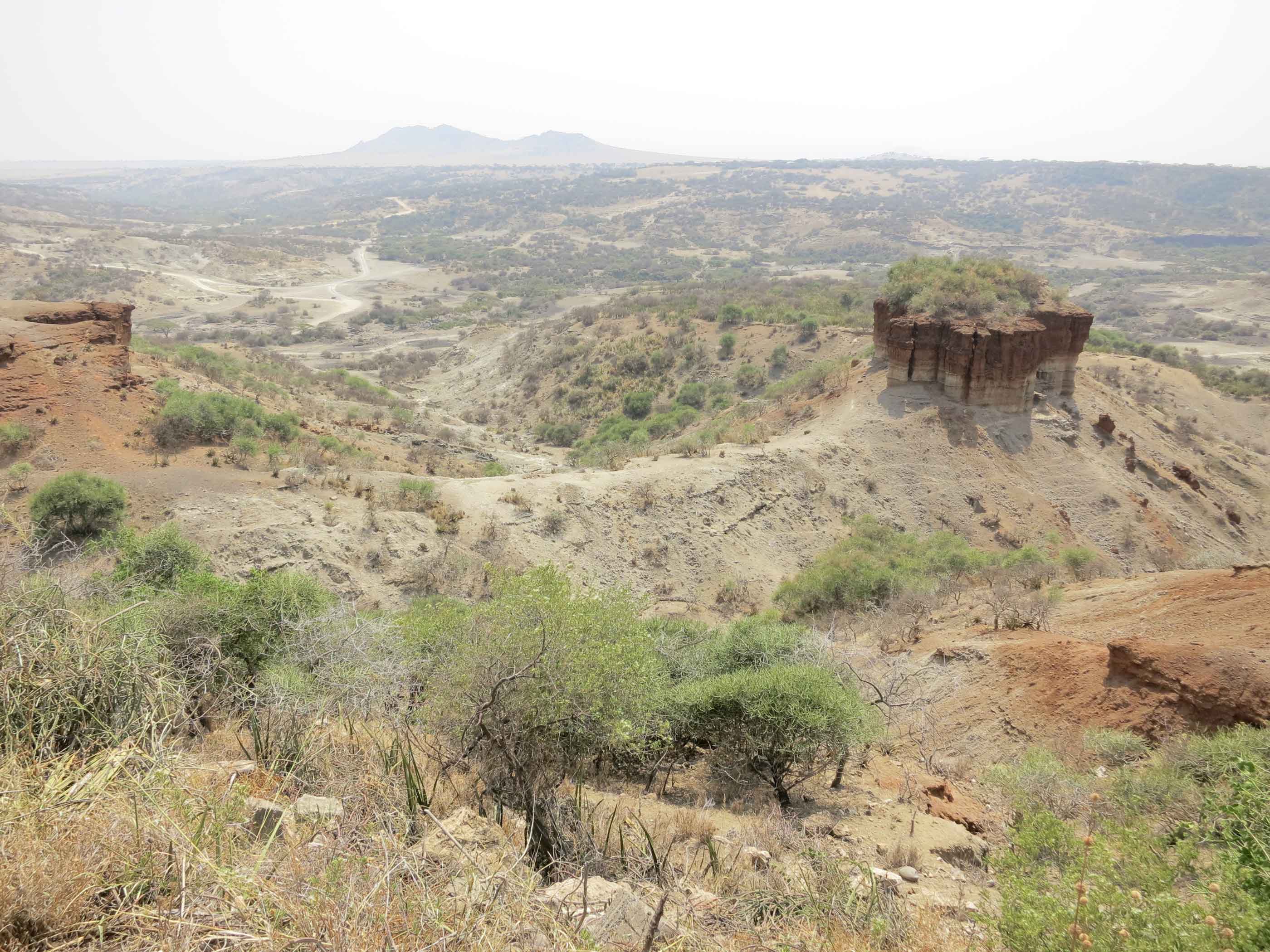
Olduvai, more accurately called Oldupai after the wild sisal in the area, is situated near the Ngorongoro Crater and is the site of some of the most important finds of early hominid fossils of all time (made famous by the work of the Leakey family) - The "Nutcracker Man" or Australophithecus boisei who lived 1.8 million years ago. There is a small informative museum located at the visitor center. The gorge is a treasure trove of archeological sites filled with fossils, settlement remains and stone artefacts. Lecture tours are offered.

